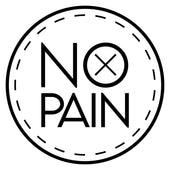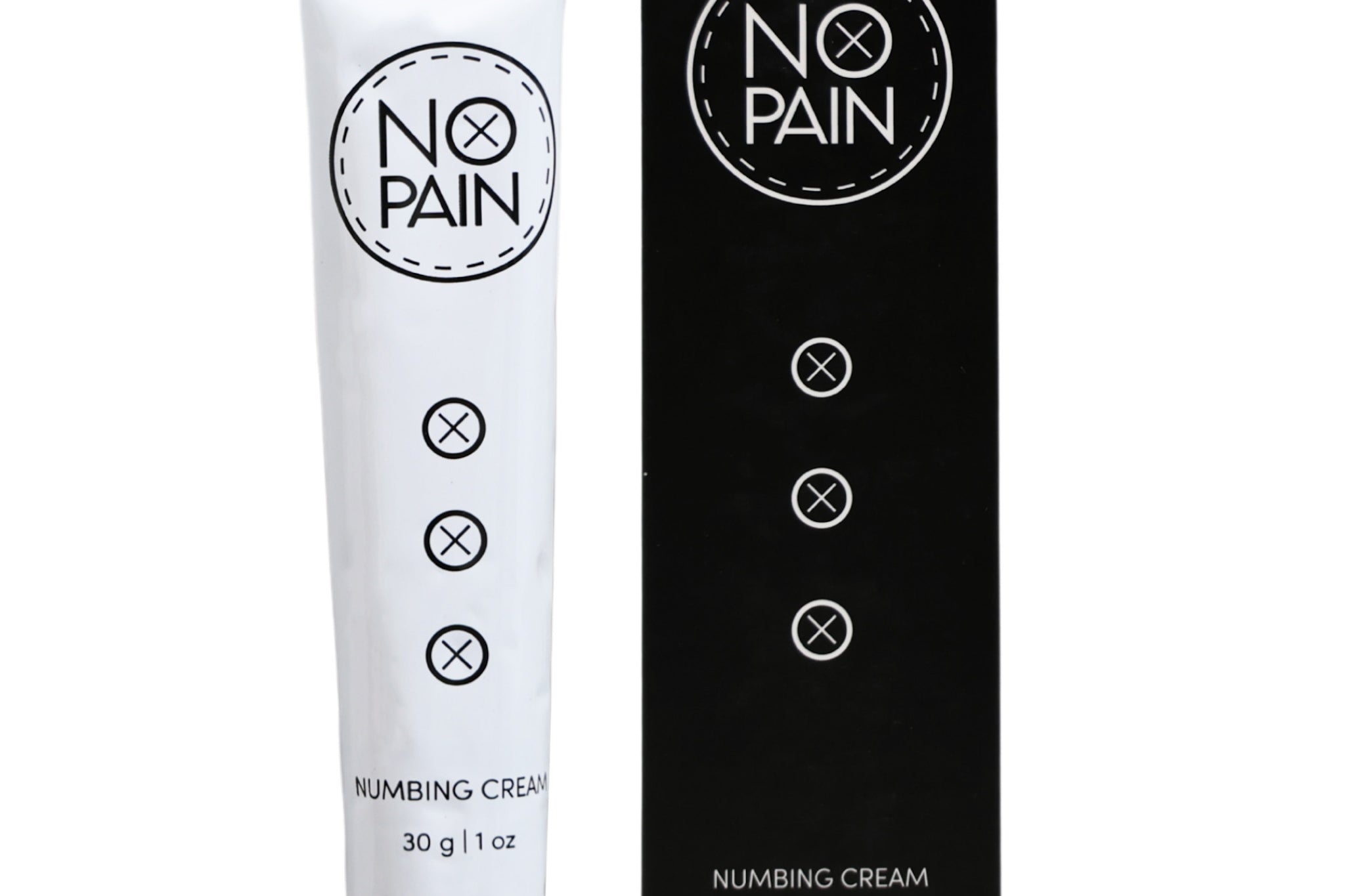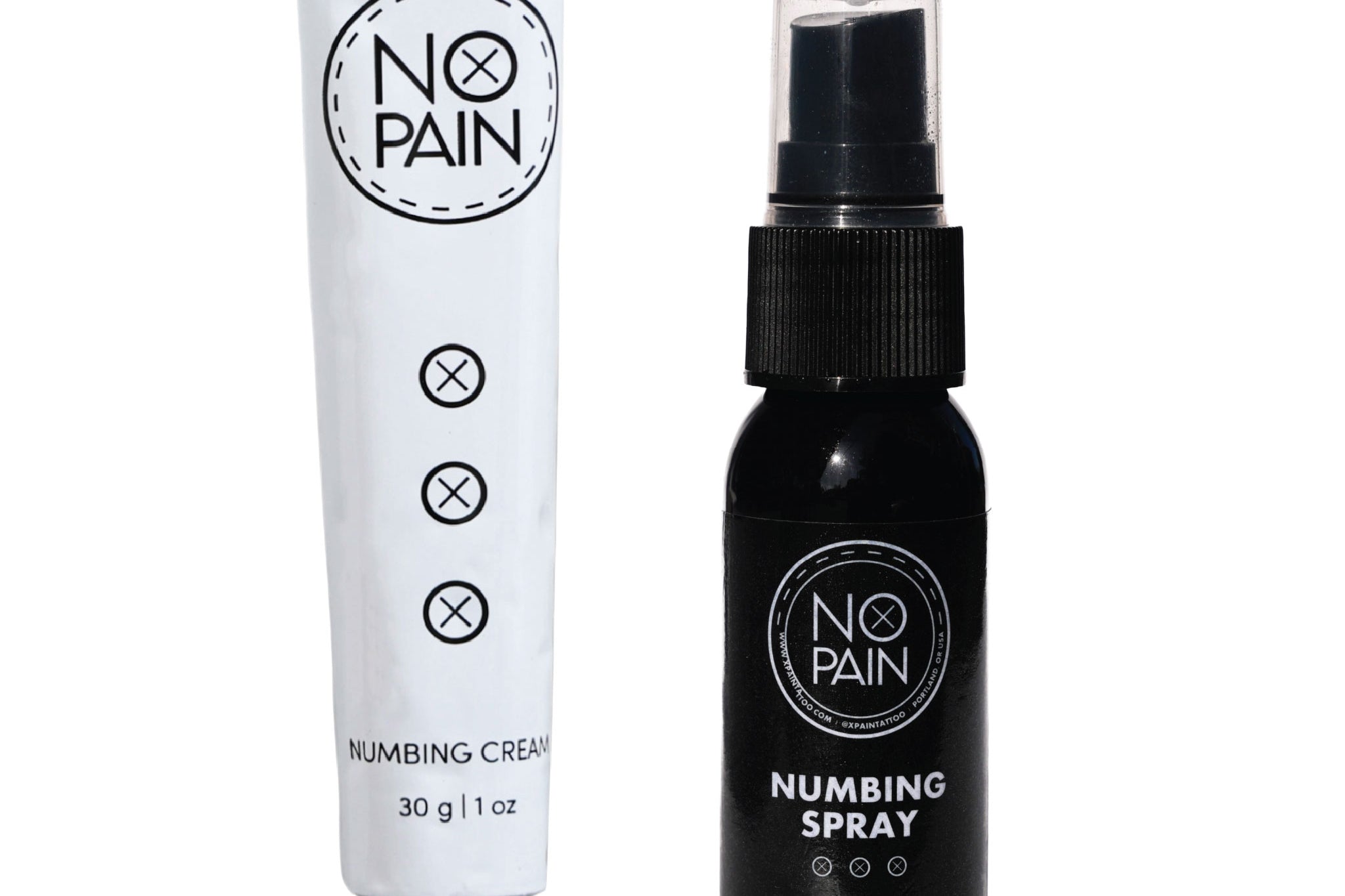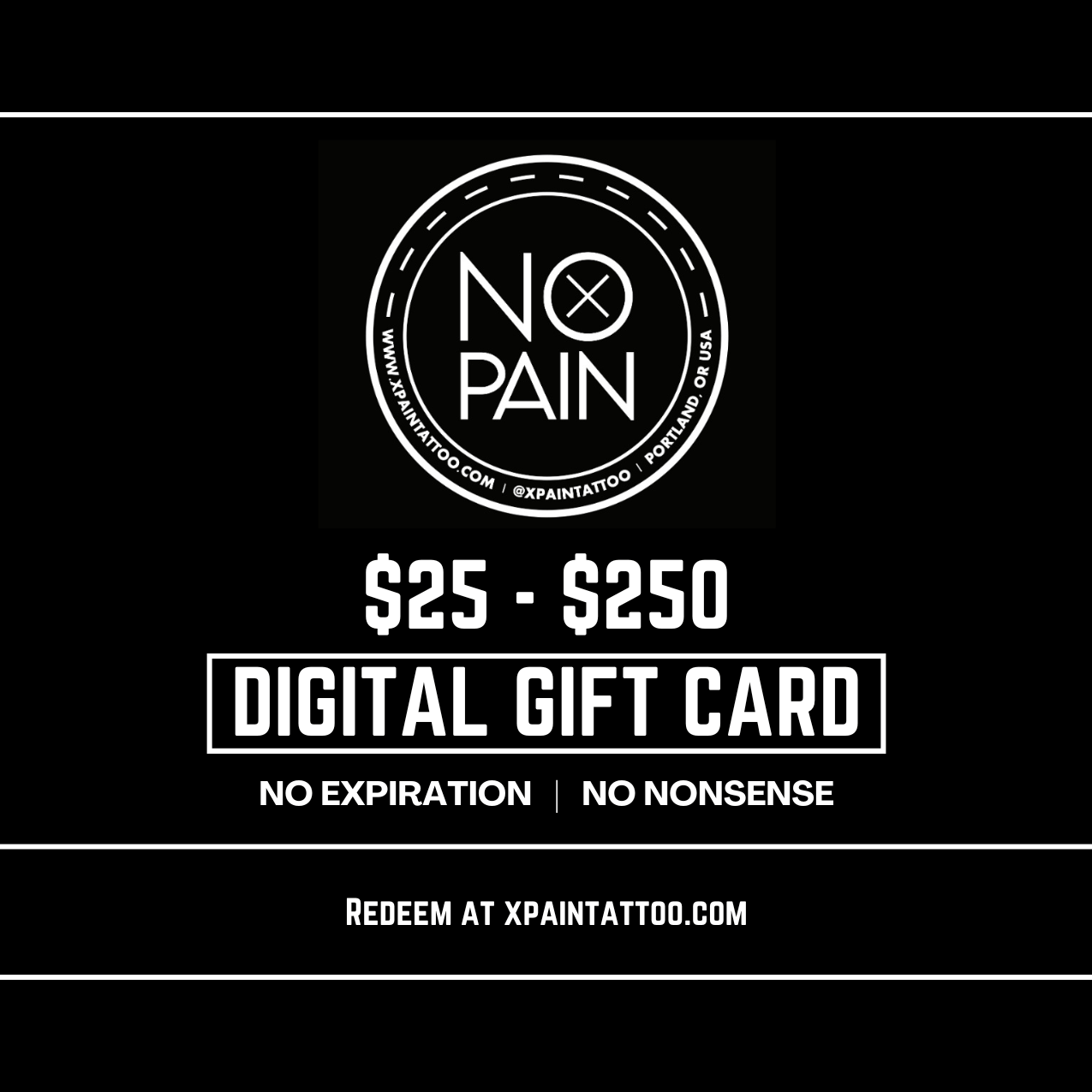You're scrolling through Pinterest or Instagram, and you find it—the absolute perfect tattoo. The design, the colors, the flow... it's exactly what you want. The thought seems simple enough: "I'll just save this image and take it to a local artist to get the exact same thing."
This leads to a question that many new clients have: "Can a tattoo artist copy another artist's work?"
While the technical answer is "yes, a person could trace something," the ethical, artistic, and professional answer from every reputable artist is a firm NO. A professional tattoo artist will not, and should not, directly copy another artist's custom tattoo design.
This isn't about being difficult; it's about respecting the art, the original artist, and you, the client. This is your guide to understanding the important reasons behind this rule and the right way to use inspiration to create a unique piece you can truly call your own.
The "Why": Three Big Reasons Not to Copy
1. It's an Ethical Violation (Respect for the Original Artist)
First and foremost, it's a matter of professional respect. A custom tattoo is a one-of-a-kind piece of art designed by an artist for a specific client. It's the product of their creativity, skill, and time. Asking another artist to plagiarize that work is a direct insult to the original creator. The tattoo community is a tight-knit world built on a foundation of mutual respect for artistry.
2. It's a Disservice to You (The Client)
A tattoo should be a personal statement. Do you really want the exact same tattoo that someone else already has on their body? The original design was created to fit that specific person's anatomy, their story, and their vision. A direct copy on your body will never have the same meaning or the same perfect, anatomical fit. You deserve a piece of art that is uniquely yours.
3. It Can Be a Copyright Violation (The Legal Angle)
Tattoo designs are a form of artistic expression and are protected by copyright law, just like a painting or a photograph. While legal action is rare, technically, reproducing an artist's original work without their permission is a form of copyright infringement.
The Right Way: Using "Inspiration" vs. "Imitation"
So how do you show your artist what you want without asking for a direct copy? It's all in the approach.
-
The Wrong Way: Walking into a studio, showing a single image instead of a reference, and saying, "I want this, exactly as it is."
-
The Right Way: Walking in with a small collection of references and saying, "I love the elements in these tattoos. I love the style, the subject matter, and the color palette. Can you use these as inspiration to create a custom piece for me in your own unique style?"
This is the language every great artist wants to hear. To do it effectively:
-
Identify What You Like in Each Reference Image: Be specific. "I love the way the snake is coiled in this design," "I love the deep red color of the rose in that one," "I love the overall flow of this piece on the arm."
-
Find an Artist in That Style: The most important step is to take your inspiration to an artist who already specializes in that style. If you love a Japanese-style dragon, find a Japanese specialist. Don't take it to an American Traditional artist and ask them to copy something that isn't their specialty.
-
Trust Your Artist's Vision: A great artist will take the elements you love from your references and create something new and better that is tailored specifically for you, your body, and your story.
The Exception to the Rule: Tattoo Flash
The one exception to the "no copying" rule is "flash." These are the pre-drawn, repeatable designs you often see on the walls of a tattoo studio. Flash designs are created by an artist specifically to be tattooed multiple times and are a great way to get a classic piece of art.
Respecting the Custom Experience
Getting a custom tattoo is a special collaboration. You've done the respectful thing by working with an artist to create something unique. See that respect through to the end.
-
Respect the Process: Show up to your appointment prepared. For a long session, a pain management plan is key. Using a product like our No Pain Tattoo Numbing Cream allows you to sit comfortably, which helps your artist execute your one-of-a-kind design flawlessly.
-
Respect the Art: Once it's done, commit to perfect aftercare to keep your unique art vibrant. Our No Pain Tattoo Aftercare Bundle is designed to protect the investment you've made in custom artistry.
The Verdict: Use other tattoos as inspiration, never as a blueprint for imitation. The goal of getting a custom tattoo isn't to have what someone else has; it's to create something that is uniquely and authentically you. By collaborating with a skilled artist and respecting their creative process, you won't just get a great tattoo—you'll get a piece of art that truly belongs to you.




